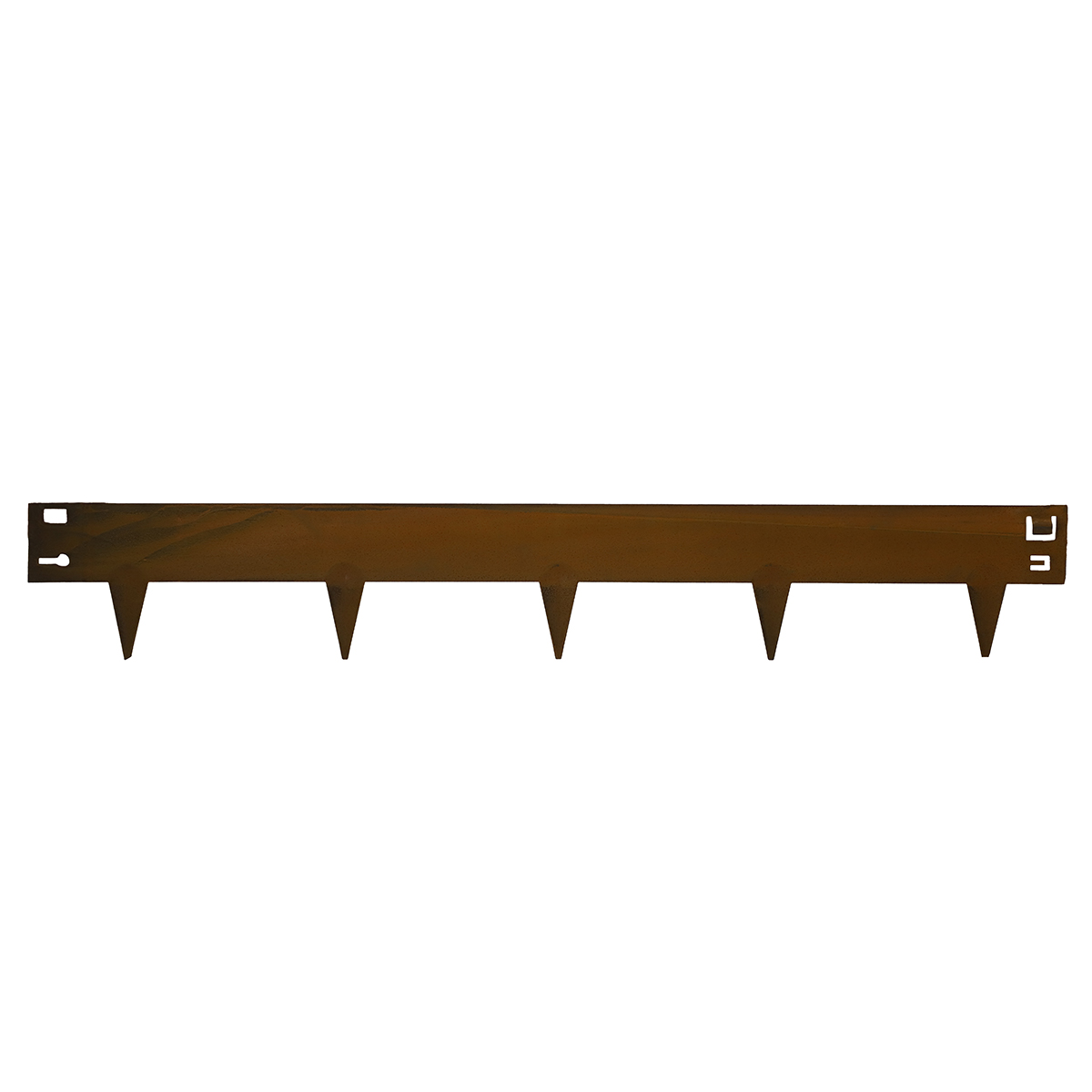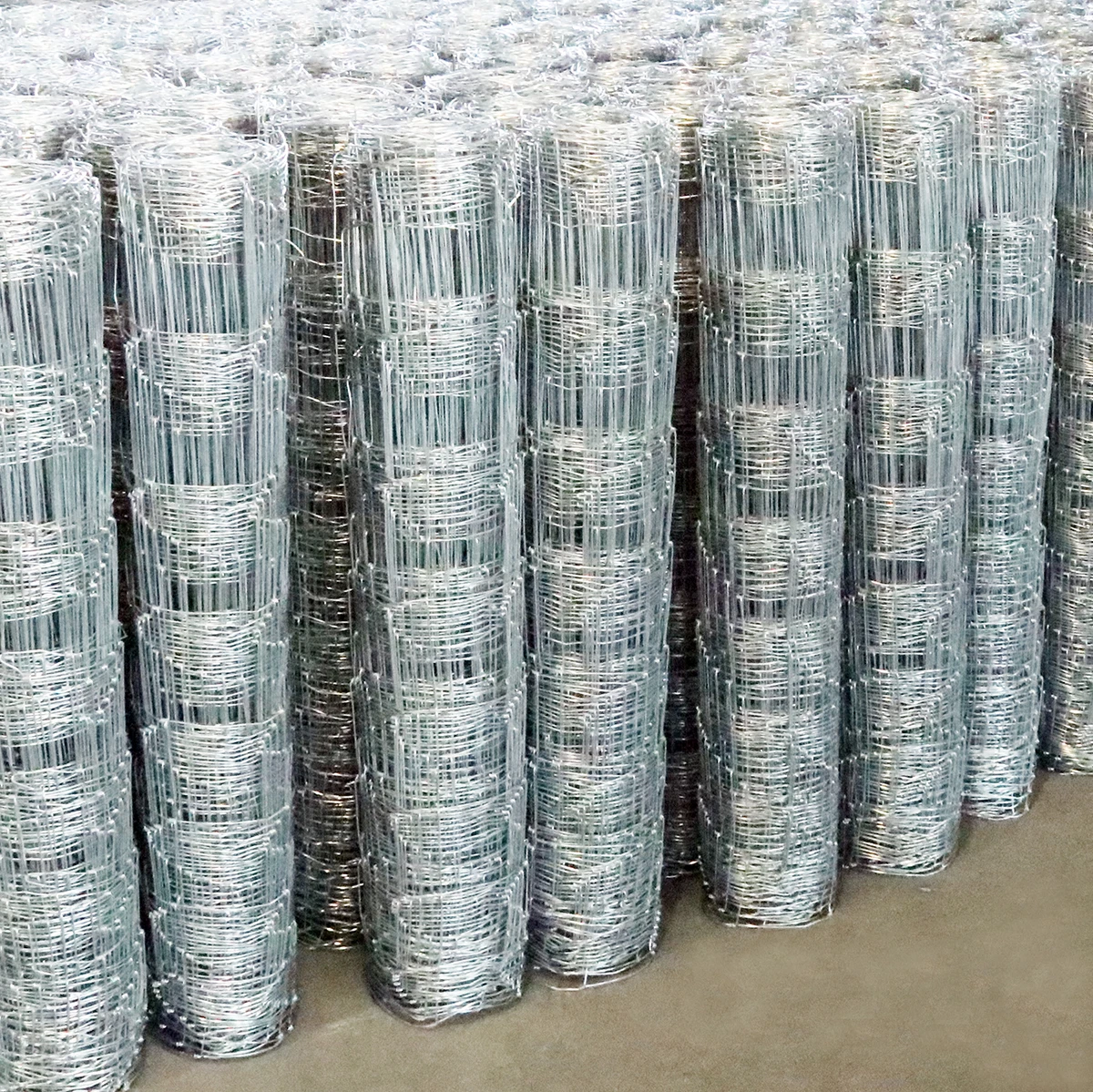Exploring Applications and Benefits of Prestressed Steel Wire in Construction and Engineering
10 月 . 31, 2024 17:11
The Significance of Prestressed Steel Wire in Modern Engineering
Prestressed steel wire has emerged as a vital component in the field of construction and civil engineering, providing enhanced structural integrity and durability in various applications. This specialized type of steel wire is designed to withstand tensile forces, ensuring that structures can support heavier loads and resist deformation over time. As the demand for stronger and more resilient buildings continues to grow, understanding the characteristics and benefits of prestressed steel wire becomes increasingly important.
At its core, prestressed steel wire is a high-strength steel wire that undergoes a process known as prestressing. This involves pre-tensioning or post-tensioning the wire before it is embedded in concrete or other construction materials. By introducing a pre-compressive force, the wire counteracts the tensile stresses exerted on structural elements during their service life, significantly increasing their load-bearing capacity.
One of the most notable advantages of prestressed steel wire is its ability to reduce the amount of material required for construction
. Traditional reinforced concrete structures rely solely on the tensile strength of rebar, which limits their design and weight capacities. In contrast, structures using prestressed steel wire can achieve longer spans and thinner cross-sections, resulting in lighter, more economical designs. This not only saves on material costs but also enables architects and engineers to explore innovative design options that were previously unattainable.prestressed steel wire

Moreover, the use of prestressed steel wire minimizes the occurrence of cracks and deflections in concrete components. By maintaining a constant pre-compressive force, these elements are better equipped to withstand dynamic loads, such as those caused by earthquakes, wind, or traffic. This enhanced performance contributes to the longevity of structures, reducing maintenance costs and increasing safety for occupants.
Prestressed steel wire finds extensive application across various infrastructure projects. It is commonly used in bridges, parking garages, water tanks, and high-rise buildings. Notably, in bridge construction, prestressed concrete beams can span greater distances without the need for additional supports, allowing for more open designs and improved aesthetic appeal. The flexibility of prestressed steel wire also makes it suitable for retrofitting existing structures, enhancing their capacity to endure modern loads and environmental conditions.
Nevertheless, the effectiveness of prestressed steel wire relies on meticulous design and implementation. Engineers must carefully calculate the required parameters, such as the level of prestressing, the type of steel wire used, and the bonding with surrounding materials. Improper installation can lead to failure, thus highlighting the importance of skilled craftsmanship and adherence to engineering standards.
In conclusion, prestressed steel wire represents a revolutionary advancement in construction technology, enabling the creation of stronger, more resilient structures that meet the needs of our evolving society. As we continue to face challenges posed by urbanization and environmental factors, the role of prestressed steel wire will only become more significant in building the infrastructure of the future, ensuring safety, sustainability, and architectural innovation. Embracing this technology is key to advancing the construction industry and delivering robust solutions for generations to come.









 Unity
Unity Creation
Creation Challenge
Challenge Contribution
Contribution










